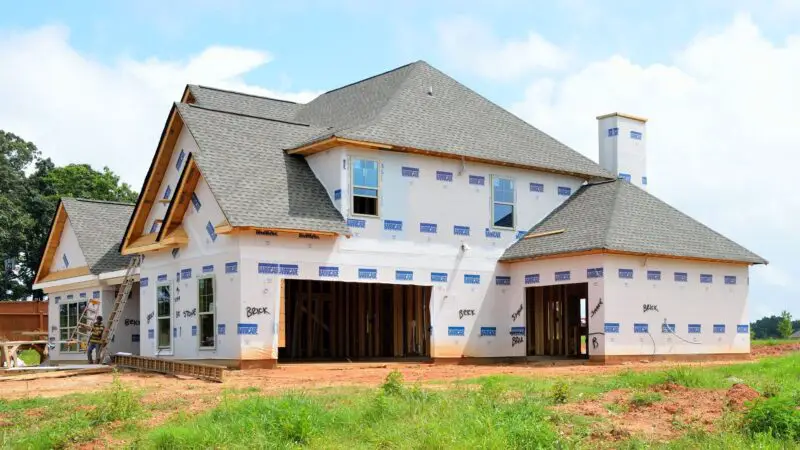Dallas, Texas is a great spot to visit because of all the things it has to offer tourists and residents alike. Texas is famous for its heat, something to keep in mind if you will be visiting during the summer. But, does Dallas also get humid in the summer?
Dallas, Texas has a humid subtropical climate. While there is some humidity in the city, the summer months are not excessively humid. Dallas’ humidity rate typically ranges from 40-80% in the summertime.
Below, we will discuss exactly how humid Dallas is in the summertime and what contributes to Dallas’ humidity. Keep reading to learn more!
Does Dallas Get Humid in the Summer?
Dallas’ summer humidity levels can vary greatly depending on the time of day.
Generally, the city is much more humid in the morning than it is during the afternoon or evening.
The table below will highlight the average humidity levels in Dallas at different times of the day during the summer.
| June | July | August | |
| Morning | 85% | 81% | 80% |
| Mid-Afternoon | 48% | 42% | 41% |
As we can observe from the table above, the most humid summer month in Dallas is June.
If you are not keen on high humidity, avoid visiting the city during this month.
However, keep in mind that humidity levels decline drastically by mid-afternoon.
When is Dallas the Most Humid?
Dallas is an area that receives a lot of moisture-packed air from the Gulf of Mexico.
Despite this, Dallas still has an average humidity of approximately 65% because of the countering dry winds that blow from the north and west.
Interestingly, Dallas, Texas’ most humid season lasts from May to October.
During these months, some residents and visitors describe the weather as “muggy and miserable.”
What Contributes to Dallas’ Humidity?
Although this area receives a lot of dry winds from the northern and western directions during the summertime, Dallas is still relatively humid.
This is mainly due to the fact that the Gulf of Mexico lies just below Dallas.
The Gulf of Mexico is the biggest contributor to Dallas’ humidity. Because Texas’ southern border joins the Gulf of Mexico, it receives a lot of wind packed with water from the sea.
The warm water from the Gulf of Mexico creates lots of evaporation, which causes the winds that blow north toward Texas to pick up an abundance of water molecules.
The winds carry all the way to Dallas, leading to more moisture in the air.
In addition to the Gulf of Mexico, Texas receives some of its humidity from the Lower Rio Grande Valley, which maintains a yearly average humidity of 25%-40%.
Although the Lower Rio Grande is not overly humid, the area’s moisture does slightly contribute to Texas’ overall humidity level throughout the year.
What Are the Most Humid Places in Texas?
Although Dallas is relatively humid, it’s not the most humid place in Texas.
There are quite a few places in Texas that make Dallas’ humidity seem mild.
The table below will highlight some of the most humid cities in Texas and their average annual humidity:
| City | Average Annual Humidity |
| Brownsville | 90% |
| Port Arthur | 90% |
| Victoria | 90% |
| Corpus Christi | 89% |
| Laguna Vista | 88% |
| South Padre Island | 84% |
| Laguna Heights | 84% |
| Port Isabel | 84% |
| Jone’s Creek | 83% |
As we can see from the list above, quite a few places within Texas are much more humid than Dallas.
Coastal areas have a lot of humidity, so it makes sense that the most humid places in Texas lie closer to the Gulf of Mexico and the state’s southern border.
The annual average humidity can exceed 90% in these areas.
In Conclusion
Dallas is relatively humid in the summer, especially in the morning. However, the humidity in the city drops drastically around midday.
Contrary to what you may expect, summer is not the only time Dallas is humid. Instead, the city’s most humid season stretches all the way from May to October.
The Gulf of Mexico is what mainly contributes to Dallas’ high humidity levels, in addition to the Lower Rio Grande Valley.
Keep in mind that Dallas is not the most humid place in Texas. The cities that lie near the Gulf of Mexico and near the state’s southern border tend to have much higher humidity rates.





